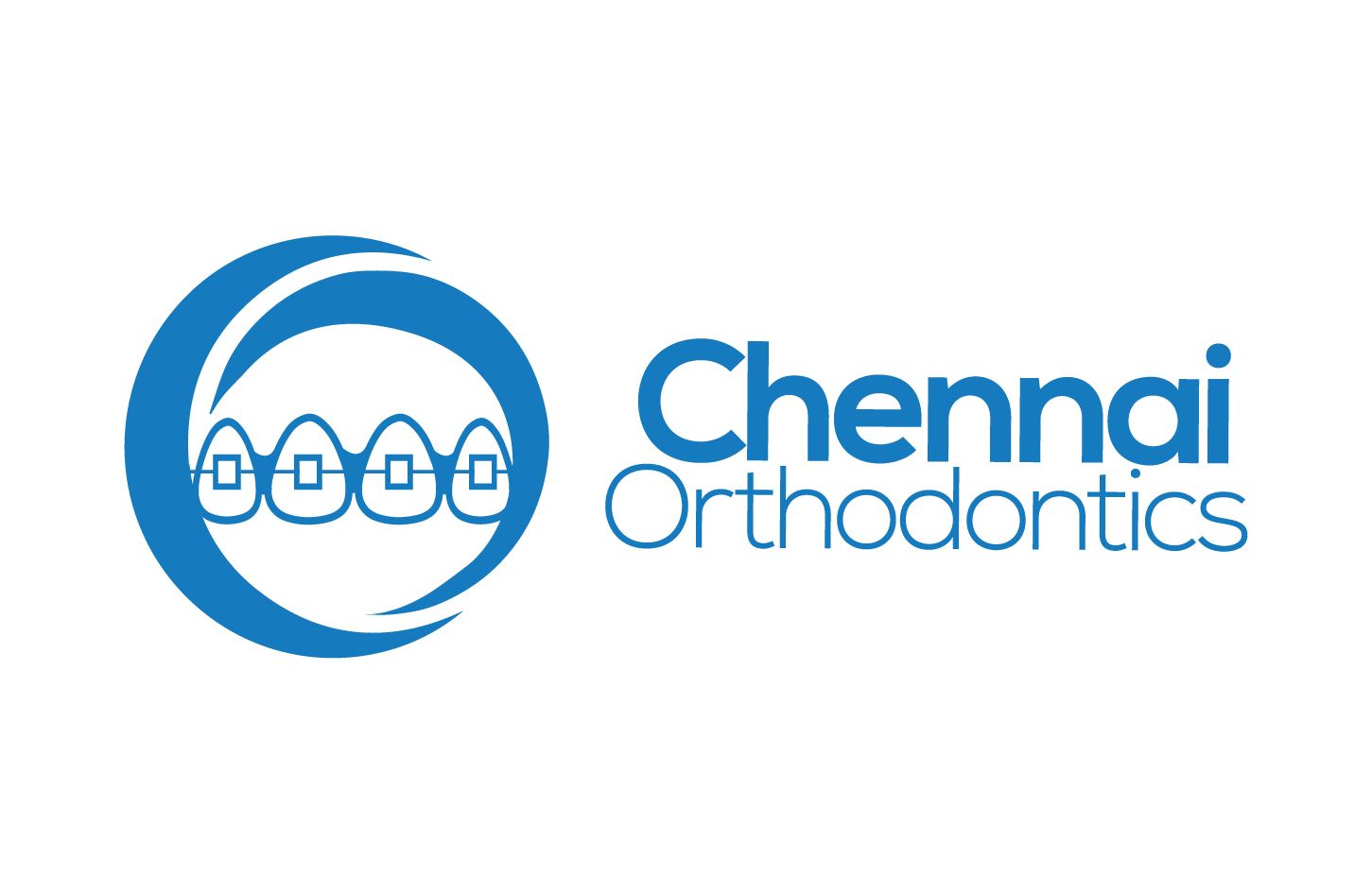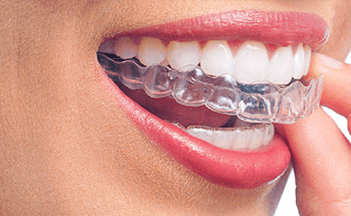Invisalign is an in demand orthodontic treatment that uses clear, removable aligners to straighten teeth. While it is often marketed to adults who want to improve the appearance of their smile, Invisalign can be effective at any age. In this blog post, we will explore the effectiveness of Invisalign at different ages and why it is never too late to invest in your smile.
Invisalign for children and teenagers
While Invisalign is often associated with adult orthodontic treatment, it is also a great option for children and teenagers. Invisalign aligners are particularly effective for correcting common orthodontic issues such as crowded teeth, gaps, and overbites.
Invisalign can be a great option for children and teenagers because the aligners are removable and easy to clean. This can make it easier for children and teenagers to maintain good oral hygiene during treatment. Additionally, Invisalign aligners are virtually invisible, which can be a huge advantage for teenagers who are self-conscious about their appearance.
However, it is important to note that Invisalign may not be the best option for all children and teenagers. Younger children may not be able to properly care for their aligners, which can lead to issues such as cavities or gum disease. Additionally, Invisalign may not be effective for correcting more complex orthodontic issues, such as severe overbites.
Invisalign for adults
Invisalign is a preferred option for adults who want to straighten their teeth without the hassle of traditional braces. Invisalign aligners are virtually invisible, making them a discreet option for adults who do not want to draw attention to their orthodontic treatment.
In addition to being aesthetically pleasing, Invisalign can also be more comfortable than traditional braces. The smooth plastic of the aligners is less likely to irritate the cheeks and gums than metal braces. Invisalign can also be a great option for adults who have had orthodontic treatment in the past but have experienced relapse. Invisalign can be used to correct minor misalignments and maintain the results of previous orthodontic treatment.
However, it is important to note that Invisalign may not be the best option for adults with more complex orthodontic issues. Invisalign may not be able to correct severe overbites or underbites, and traditional braces may be a better option in these cases.
Invisalign for older adults
While Invisalign is often marketed to younger adults, it can be just as effective for older adults who want to improve the appearance of their smile. In fact, older adults may even experience more dramatic results from Invisalign treatment, as their teeth may be more responsive to orthodontic treatment. In addition to improving the appearance of the smile, Invisalign can also have oral health benefits for older adults. Straighter teeth are easier to clean and maintain, which can help prevent issues such as tooth decay and gum disease.
It is important to note that older adults may have other oral health issues that need to be addressed before starting Invisalign treatment. For example, older adults may have missing teeth or gum disease, which can affect the success of Invisalign treatment. Invisalign is an effective option for orthodontic treatment at any age. Whether you are a child, teenager, adult, or older adult, Invisalign can help you achieve a straighter, healthier smile. However, it is important to consult with an orthodontist to determine whether Invisalign is the best option for your specific orthodontic needs.
In conclusion, Invisalign is a versatile and effective orthodontic treatment that can be used at any age. Whether you are seeking to improve the appearance of your smile or address oral health issues.


